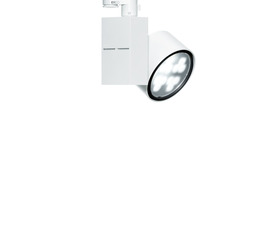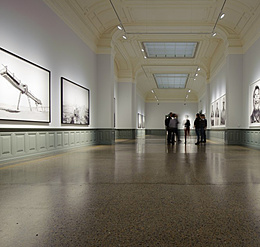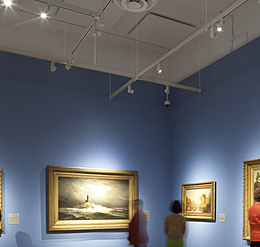Artists conceive their pictorial works objectively but frequently show them in a very subjective way—and galleries and museums display their specific exhibitions with corresponding diversity. Not only do the arrangement of exhibits and the nature of the exhibition architecture contribute to creating either a neutral or theatrical effect, but the illumination of works of art also plays a significant role. Lighting must also comply with conservational and energy-related requirements. This article explains the relevance of specific design and technical aspects for the various methods of presentation.
Often designed as a generously dimensioned, high entrance space, foyers serve representative purposes and at the same time function as reception and maintenance areas as well as providing access to other areas of the building. As the transition between outside and inside as well as between the public and private space, differing spatial scales come together. As a consequence, supporting orientation with light within these various functions and areas gains high relevance. However, light can offer much more than just identification and orientation. The emotional side of light, used for example as a discreet or more vivacious impact in the space, can ideally be used to achieve an attractive sense of welcome. Furthermore, the lighting of a foyer can also provide a valuable contribution to making the identity of a company visually perceptible. The design flexibility of light with regard to the self-presentation of a company-, educational- or cultural brand, ranges from an unobtrusive and sober ambience to dramatic displays.









